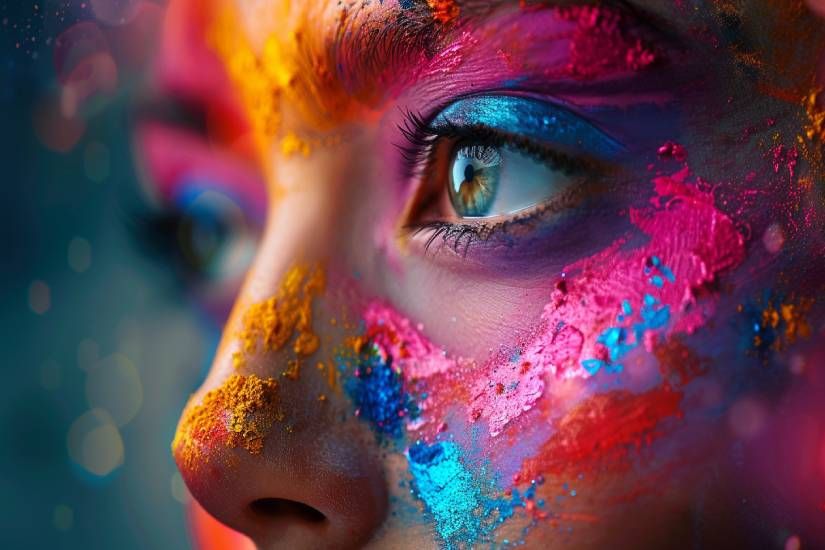5 keys to color psychology in marketing for your brand

Color psychology is a powerful tool in marketing that, when used effectively, can influence consumers’ emotions, perceptions, and behaviors.
In marketing, every detail counts, understanding the psychology of color can be the key to differentiating your brand and connecting more deeply with your audience, since colors affect human emotions and decisions, so we will tell you how to use them to your advantage.
1. Understand the meaning of colors
The first step in using color psychology is to understand the meaning that each color conveys. Colors are not only an aesthetic issue; Each has the power to evoke particular emotions and associations. Here’s a rundown of the meanings of some common colors:
- Red: This color is known for evoking intense emotions such as passion, love, and urgency. It can also increase heart rate, making it ideal for calls-to-action (CTAs) in campaigns that seek to incite a quick response.
- Blue: Associated with calm, confidence, and security. It’s a popular choice in industries like technology and finance, where brands want to convey stability and trust.
- Yellow: The color of happiness and optimism. However, it can also mean caution, so it should be used carefully so as not to convey a contradictory message.
- Green: Related to nature, health and tranquility. Eco-friendly or wellness-related brands often opt for this color.
- Black: Elegance, sophistication and power. It is common in luxury brands that seek to project exclusivity and authority.
2. Apply Color Psychology in Brand Design
Once you understand the meanings of colors, the next step is to apply this knowledge in your brand design. The colors you choose should align with your brand’s values and personality. For example, if your brand is related to sustainability and well-being, green may be a predominant color in your palette. If your focus is technological innovation, blue might be more appropriate.
It’s important that the colors chosen not only look good, but also resonate with your target audience. This is where market research comes in: understanding how your audience perceives certain colors can be crucial to the effectiveness of your brand strategy.
3. Influence of colors on consumer decision-making
Color psychology also plays a vital role in consumer decision-making. Different colors can prompt different actions, such as making a purchase or subscribing to a service. Studies have shown that color can increase brand recognition by up to 80% and that 90% of quick decisions consumers make can be influenced by colors alone.
For example, buy buttons on websites are usually colored like red or orange, as these colors convey urgency and catch the user’s attention. On the other hand, softer, more neutral colors can be used on backgrounds or for elements that don’t need to stand out.
4. Consistency in the use of colors
Consistency is key when it comes to color psychology in marketing. The colors you choose should be consistent across all of your brand’s touchpoints, from your website and social media to packaging and advertising. Not only does this help reinforce your brand identity, but it also makes it easier for consumers to recognize your brand instantly.
Imagine if Coca-Cola suddenly changed its iconic red to blue in all its campaigns. This would cause confusion and could negatively affect brand perception. Consistency in colors helps build trust and familiarity, which is essential for maintaining a strong relationship with your customers.
5. Test and adapt your color strategy
Finally, like any marketing strategy, color psychology is not static. What works today may not work tomorrow, and what works for one brand may not be effective for another. That’s why it’s important to test and adapt your color strategy continuously.
Tools like A/B testing can be helpful in seeing how your customers respond to different color combinations. You may find that a slight change in the hue of a color can increase conversion rates, or that a color you hadn’t considered might resonate better with your audience.
Remember that the cultural environment and trends also play a role in color perception. For example, while white can signify purity in some cultures, in others it can be associated with mourning. Stay on top of these factors and adjust them as needed. Color psychology is a powerful tool that can significantly influence the perception and success of your brand. By understanding and applying these keys, you can empower your brand and create a deeper, more meaningful connection with your audience.